Photography by Nikki Culley, words by Tom Reynolds
BBC Sport in TanzaniaA fire crackles just after dawn in north Tanzania's bushlands. The sun is starting to rise over the Yaeda Valley and the start of a new day means one thing for the Hadza tribe. It's time to begin their daily ritual of finding the food that will sustain them until next sunrise.
For the women, this means heading out with long wooden sticks to forage for berries and dig for edible tubers. For the men, it's a time to hunt. With handmade bows and arrows, they will cover up to 40km on foot by midday.
In the summer of 2023 a group of ultra-marathon runners will arrive on Hadza land for an 80km race. Competitors will use Hadza survival skills to sustain themselves.
There will be no feed zones or energy gels. Runners won't be allowed to bring supplies. Water will have to be gathered from natural rainwater cisterns in baobab trees while the trees' fruit will be among their energy sources.
The Hadza tribe have been living this way in this region for thousands of years. They are one of the world's few remaining hunter-gatherer tribes. They live sustainably day-to-day off their native land in the Yaeda Valley, don't hoard food or resources and have no history of famine.
However, their population has diminished to 1,300 because of encroachment from pastoral tribes and farming settlements. They have lost 90% of their land since the 1960s.
"When I was a child there were no other tribes in the area up to 80km from here," tribe elder Maroba says as he sits on a rock overlooking the valley.
"The game that was here then - everything from elephant, giraffe, zebra, wildebeest - was plentiful for hunting. Slowly that changed and people started moving in."
The race will take place during the dry season, when the landscape looks barren and unforgiving. But the Hadza women emphasise there is an abundance of food if you know where to look. During a morning forage, Apooa shows us a greyish looking branch that signals there are edible tubers underneath. She says: "We're digging for makalitako and this food will sustain us until this evening."
Early the next morning we're about to experience first-hand some of the course with two tribe members, Moshi and Sindano.
The Hadza are an entirely egalitarian society in relation to gender and age. However, there's a definite hierarchy in the expertise in our running group.
With a bow and arrow in one hand and the other in his pocket, Moshi is moving fast over rocky, uneven, hilly terrain with Sindano, alert to any potential hunting opportunity. You've got to run to keep up.
Earlier that morning, the route of next year's race was explained to Moshi by Mika Peterson, our guide and translator from the Dorobo Fund, a conservation arm of Dorobo Safaris that works with the Hadza to retain land rights. He will work with ultra-marathon expert Josue Stephens and his company Barefoot Adventures to organise the race, which doesn't have a name yet.
The Hadza don't use kilometres or miles. Mika - switching between Swahili and the Hadza's click language, Hadzane - explains the route using well-known Hadza landmarks.
"Researchers have put trackers on Hadza people and it is very common for a Hadza to go off hunting and do 30 or 40km in a morning," says Daudi Peterson, Mika's father, who has been working with the Hadza since the 1990s.
Race organiser Stephens has spent extended periods of his life running with the Tarahuma tribe in Mexico, subject of the best-selling book Born to Run by Christopher McDougall. He was drawn to organising a race with the Hadza in part by their athlete-like endurance.
Studies have shown that a typical Hadza tribe member completes the UK's recommended weekly guidance for exercise - 150 minutes - every day. They have also found the Hadza have enviable heart health, with low blood pressure and cholesterol levels, even in old age.
Some members of the Hadza group tell us they would like to do the race, with Mika adding: "Someone like Moshi, we'll probably ask to stay near the back to help anyone who is struggling."
It will be a tough course for the 50 to 100 racers expected to compete.
Eighty kilometres in temperatures over 30C at 1,300m altitude (the same as the UK's highest mountain Ben Nevis) will be difficult enough. The racers will also forage for wild berries, dig for tubers, hand-make arrows, harvest honey and climb the baobab trees for water and fruit.
"For the racers, those challenges are going to take a really long time, but I am going to be able to do them really quickly," Moshi says.
You can spot the ubiquitous baobab trees from any vantage point in the valley. Their thick trunks give them the appearance of water hydrants.
The baobab is known across Africa as the tree of life and for good reason. It's one of the world's largest succulents and can store more than 100,000 litres of water during the rainy season. Its citrus fruit is a well known superfood with six times more vitamin C than an orange.
Mika says: "The baobab will be the main sustaining food for the race. Racers cannot bring any of their own food and will have to obtain food and drink with skills they learn from the Hadza."
Midway through a morning hunt on our penultimate day in the valley we stopped to practise our baobab harvesting skills (also known as throwing sticks to knock the fruit off its branches). Moshi is again at the fore, laughing, smiling and teaching us the traditional Hadza hello.
'Am I yega' translates as 'are you alive?'
Earlier, Moshi had been smoking out killer bees from their hive for honey. It took him minutes to make a small fire, using the friction from branches in a hand-drill technique and dried grass as kindling. Racers will also have to master this for roasting tubers and warmth at night.
Just to the right of us is a piece of wood painted white on one side and green on the other. It's about a metre high and is a boundary marker.
The flaking paint draws the lines of Hadza territory and marks where pastoral Datoga tribes are allowed on to Hadza land at certain times of year for cattle grazing.
Some of the race proceeds will be paid directly to the Hadza, for use of their land and the sharing of their survival skills. They spend money on healthcare, education and settling land disputes. They have lived in this region for tens of thousands of years, but only since 2003 has their traditional territory been officially assigned to them under Tanzanian law.
On our final afternoon with the Hadza, we spent some time sitting on a huge rock overlooking the Yaeda Valley with Maroba. Asked how the valley has changed in his lifetime, Maroba began a long story, his arms pointing in various directions as he explained the different areas on the horizon, which used to be Hadza land.
When he had finished talking, we asked how he felt about the encroaching rival tribes.
He smiled and, with characteristic Hadza compassion, says: "It's become a lot harder to be able to live off the land than when I was a child.
"The increase of people and pressure, even if we do have these designated areas that have some kind of protection, make it so hard to hunt. The way it is going is not looking too pretty, but those people need to make a living as well."


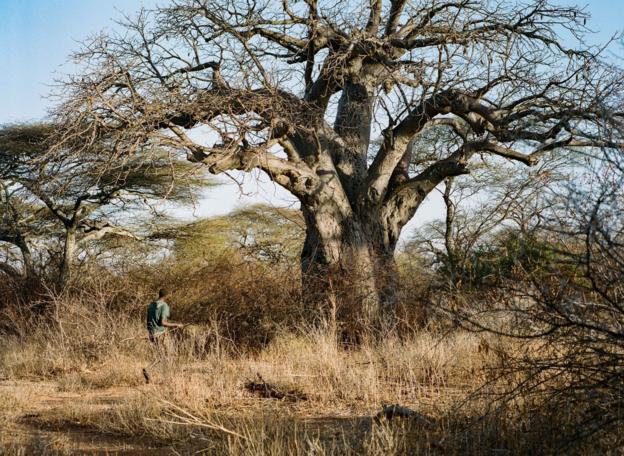
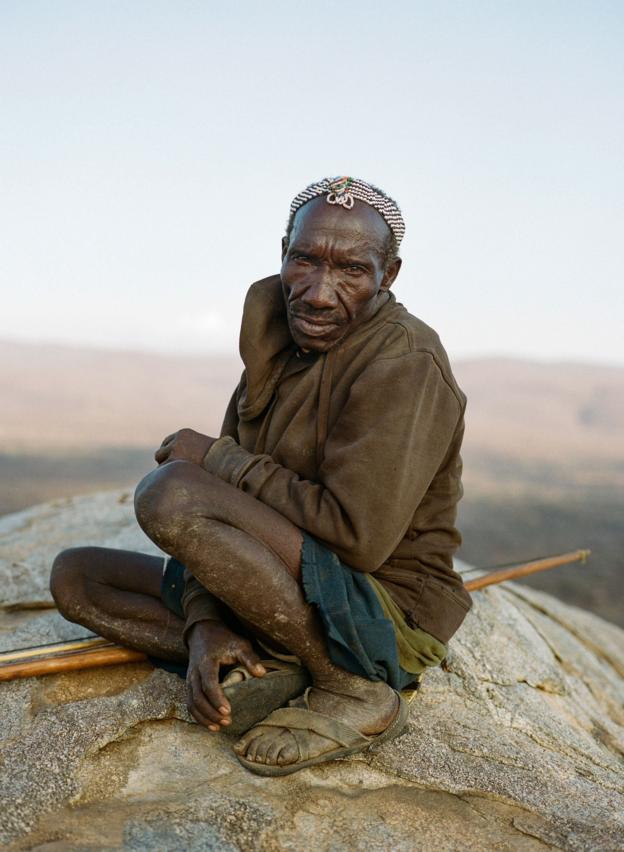

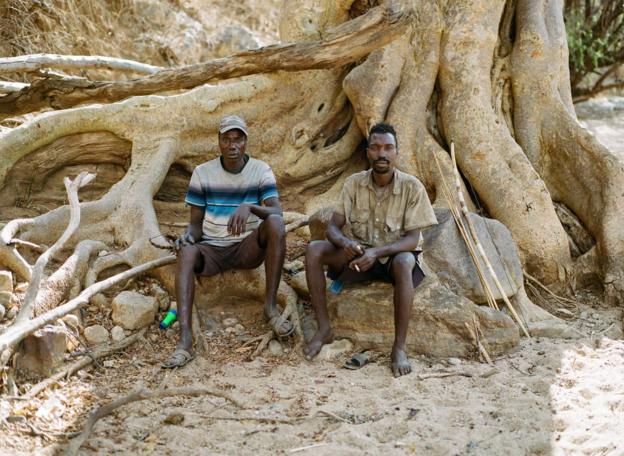
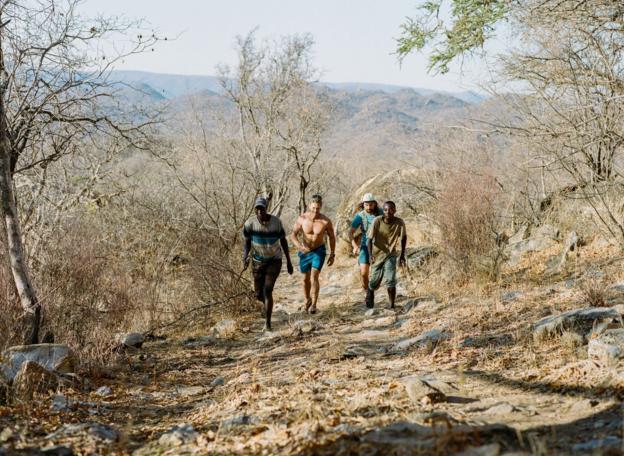
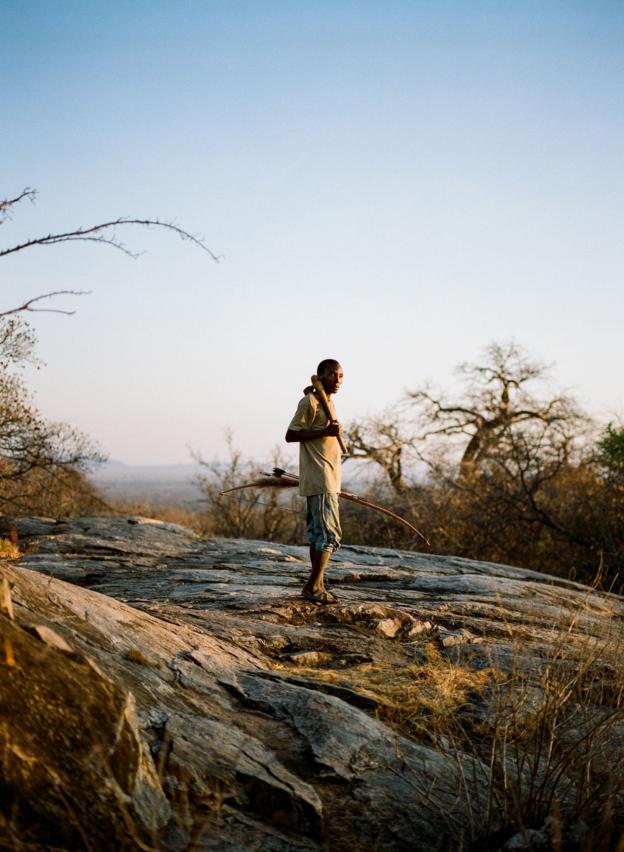

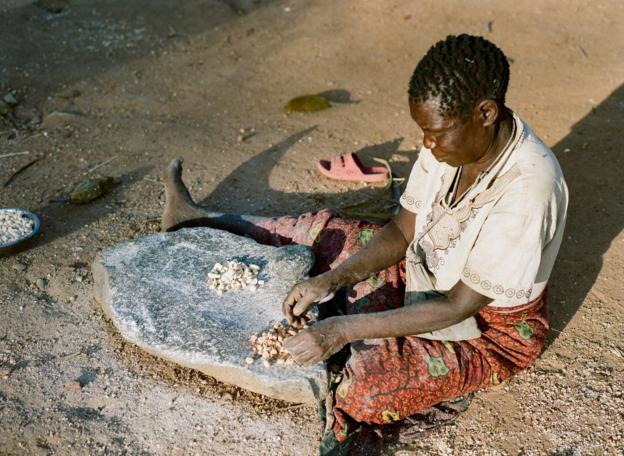
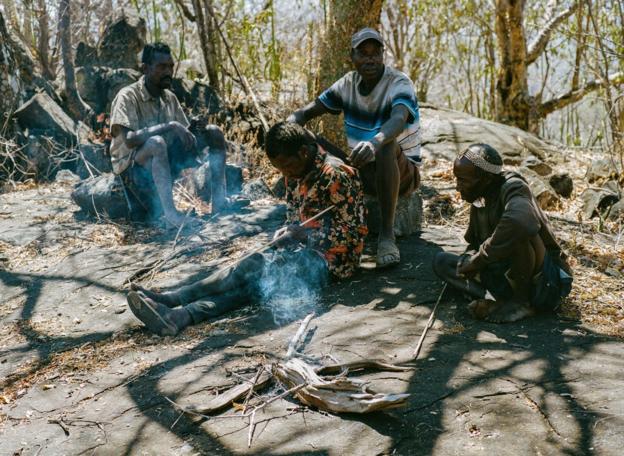
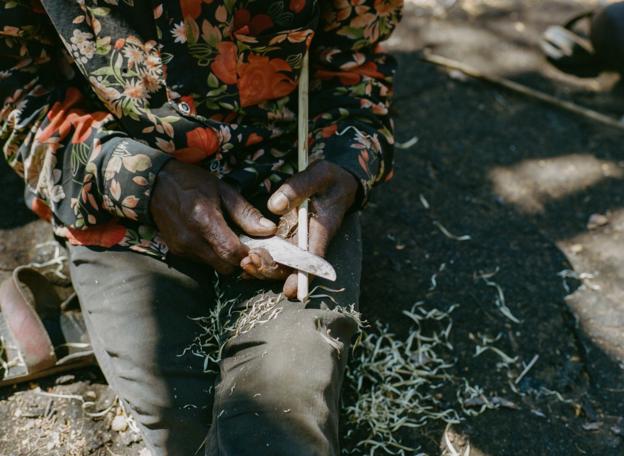


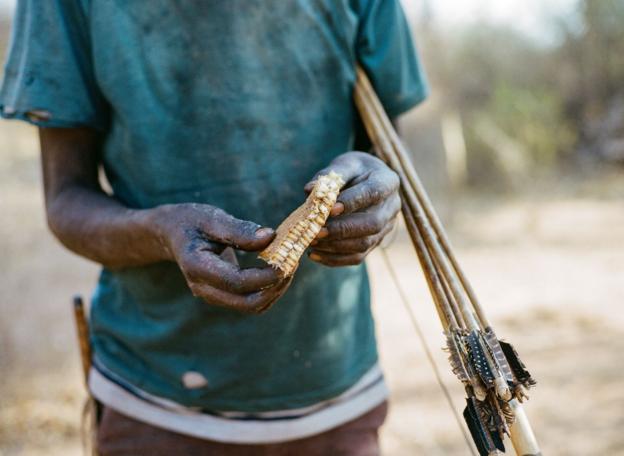
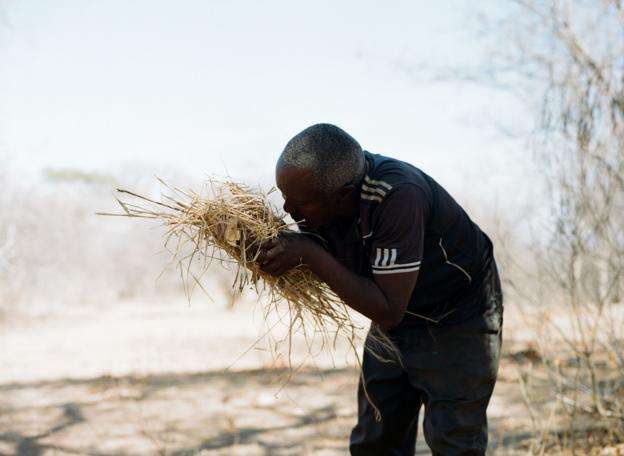
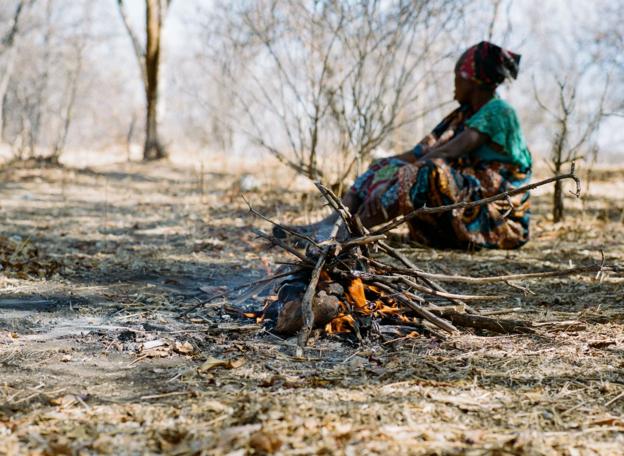
No comments:
Post a Comment